Poke (pronounce pok-eh), the mysterious fish dish from Hawaii has seen a great rise along the west coast of the US, but what is it and when will it come to DC? Hawaii is not necessarily known for it delicious food (see poi or spam) but poke has risen greatly in popularity on the west coast in restaurants ranging from subway-style pick and mix bowls to critically acclaimed restaurants.
The word poke comes from the Hawaiian word to cut or section and that is because poke, at it’s simplest form, is just small chunks of ahi tuna with a sesame oil, soy sauce and green onion dressing. It started out as a fisherman’s dish which was made with leftover scraps of fish and was influenced heavily by japanese food culture. As the dish became more and more common it was often served as an appetizer. The dish soon became ubiquitous in Hawaii but took a while to spread to the mainland. However not everyone finds the famous dish so attractive, Nico Vallada, a Washington International School freshman says that he wouldn’t be tempted by the dish because he doesn’t “really like tuna and scallops and stuff, especially the smell.”
With the rise in popularity of poke many changes came and some poke purists refuse to accept its current popular form. The dish that the west coast adopted was far different from the original served in Hawaii. To begin, different types of starch were added beneath the salad, although plain sushi rice was popular in Hawaii, chefs on the mainland used brown rice, jasmine rice, soba noodles and even leafy greens. There was also a change in protein, although the traditional yellowtail (ahi) tuna was beginning to be replaced by proteins like salmon and octopus in Hawaii, the west coast chefs replaced the fish with everything from cooked shrimp to grilled tofu. The more rounded flavors of shoyu and sesame oil were replaced with sharper more obnoxious flavors like spice and citruses. To finish off, chefs everywhere are adding mounds of unheard of toppings with everything from pickled pear to crushed wasabi peas.
The “great poke expansion” bought the Hawaiian dish to the mainland, but what made it so popular? Part of the reason is its great nutritional benefits. Poke should be composed almost entirely of fresh food with the exception of rice which does however offer a great source of starch. The medley of fresh vegetables served at most poke eateries offers a great source of vitamins A and C as well as potassium and folic acid. If you ignore the possible risks that arise from eating raw fish, you have yourself a great source of protein. On top of all of this, poke is low in sugawrs and fats. Eating healthy has become more attractive and affordable in the past decade with restaurants like Sweet Green emerging, Vallada says “I try to watch what I eat, mainly because my Mom is a health freak.”
So with all this, why doesn’t DC accommodate poke? It doesn’t make sense considering the general attitude of those living in the district. DC is known for being a healthy city and is also near to the Chesapeake bay and the Atlantic Ocean so fresh and saltwater fish can be purchased relatively easily. Never mind the immense popularity of fast casual, locations like Chipotle, Cava and Sweet Green are booming across DC. In the past Abunai Food Truck was the only location to buy poke in the District however there are 3 poke-exclusive restaurants planned to be constructed in 2017. Abunai Poke, the predecessor of Abunai Food Truck is opening on L street this year. Vallada believes that “it would be cool to have [a poke shop] in DC, and I would definitely try it. It would get a lot of customers because it’s different and people would want to try something new.”
By Charles David Lane









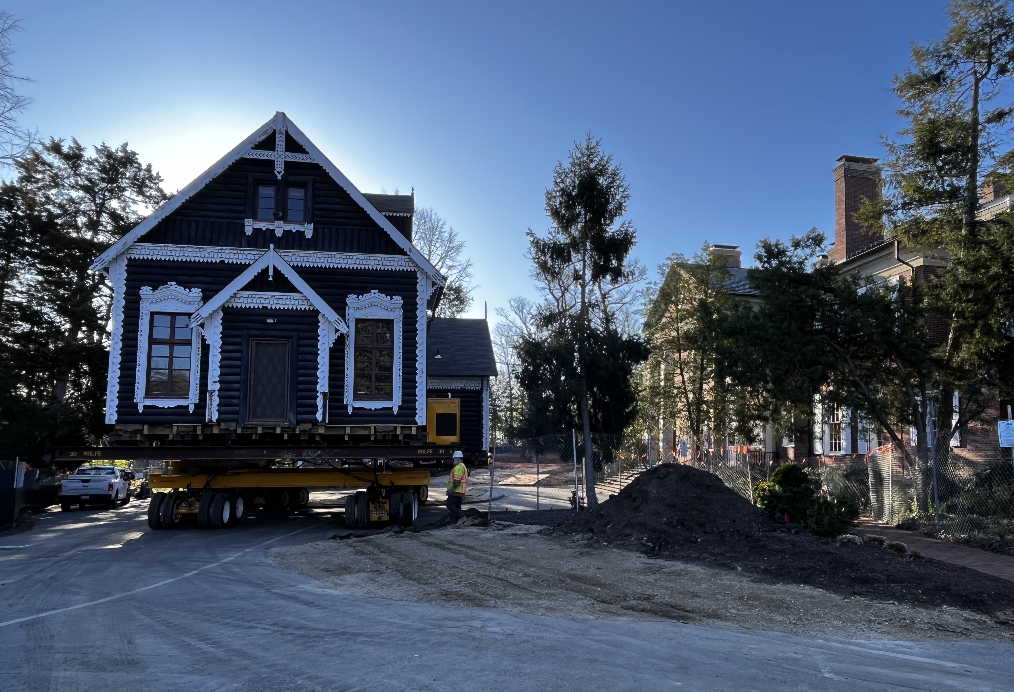


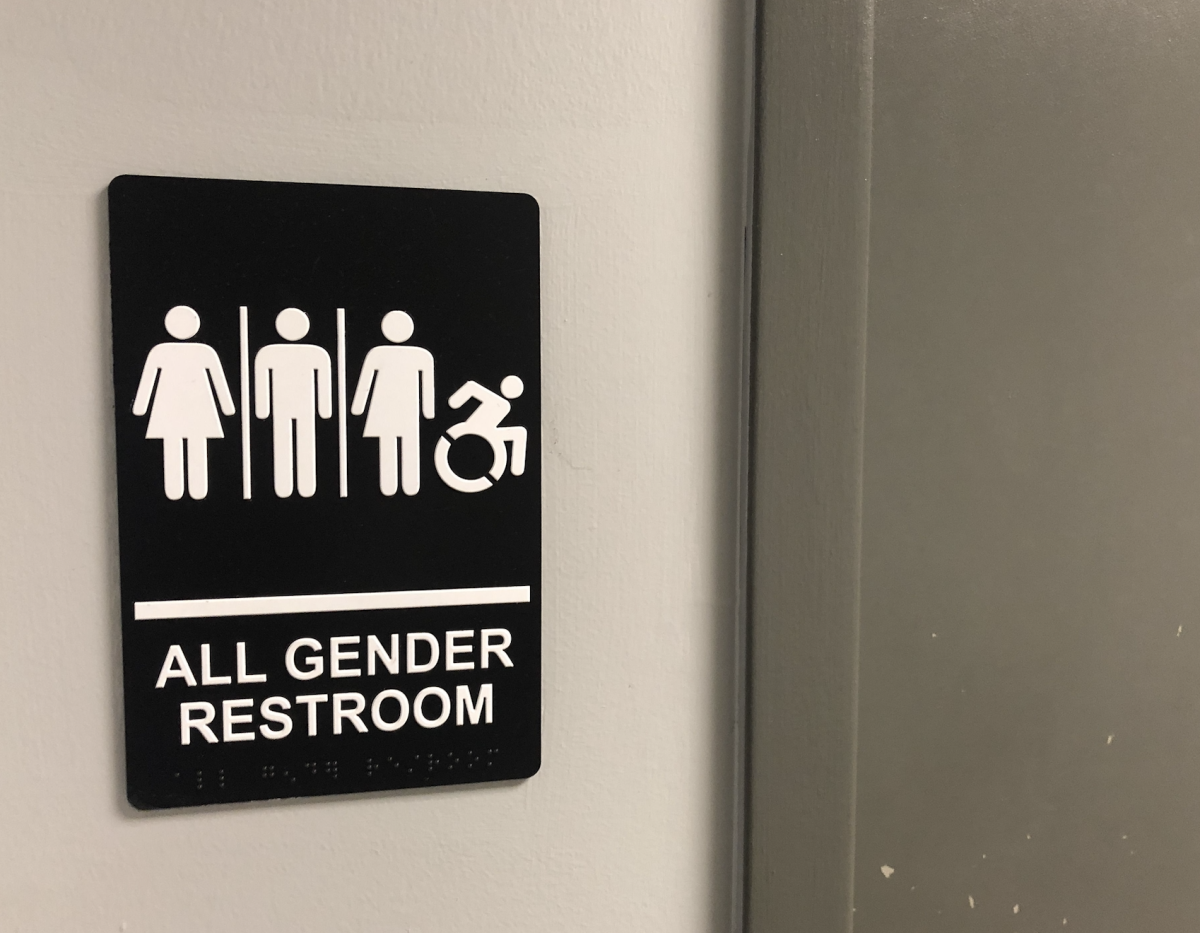
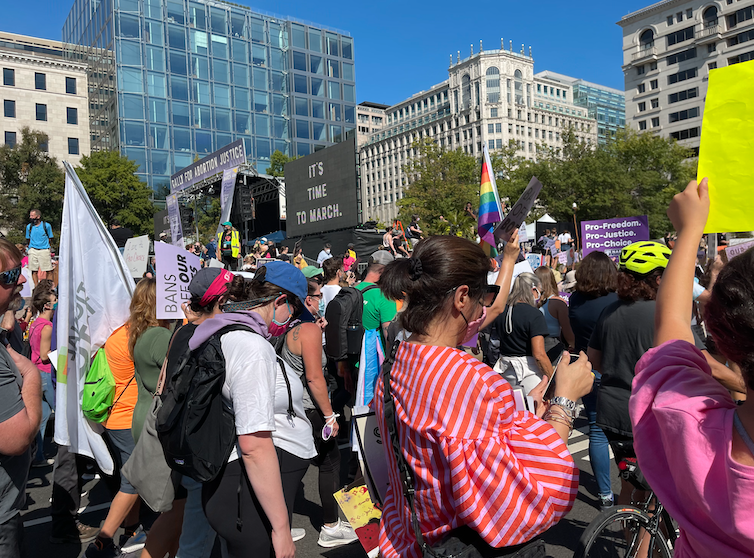
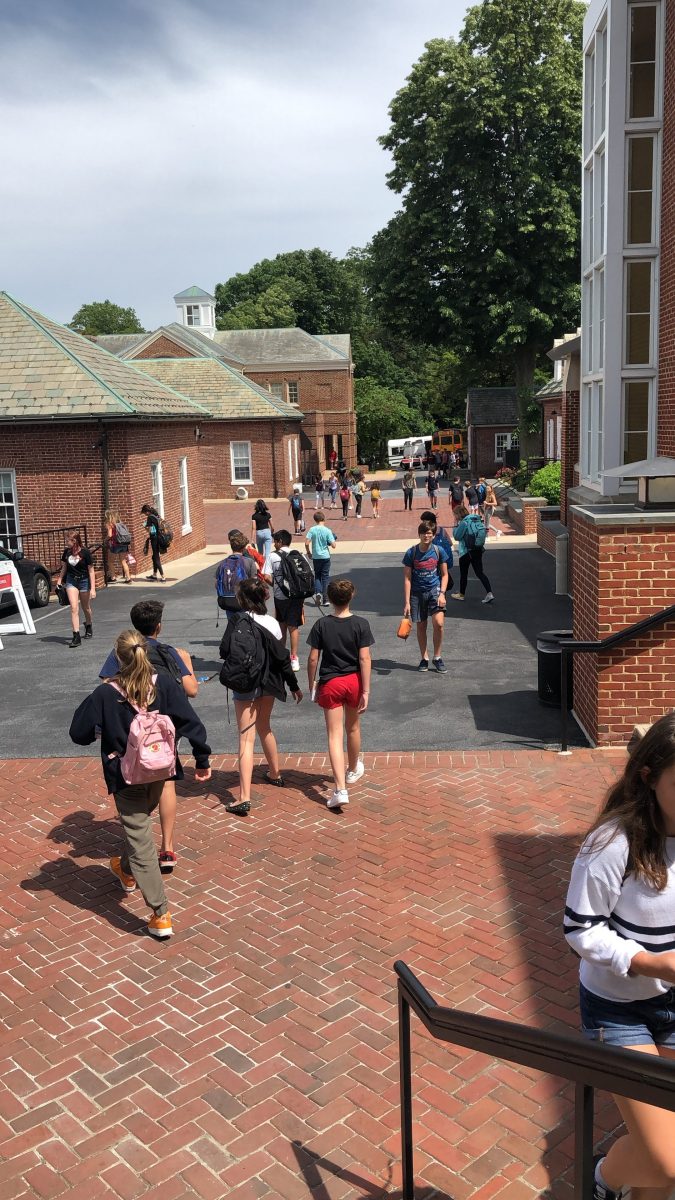
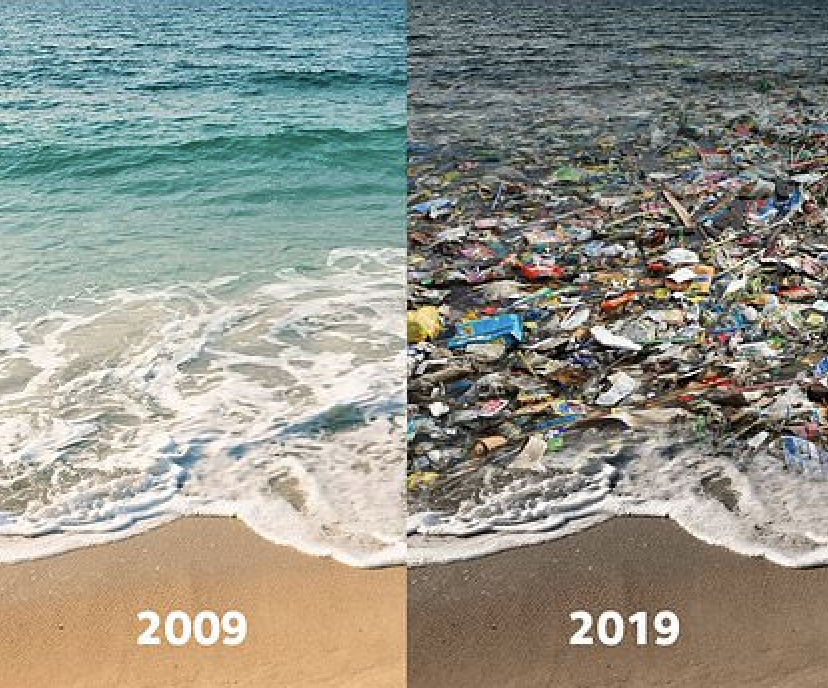
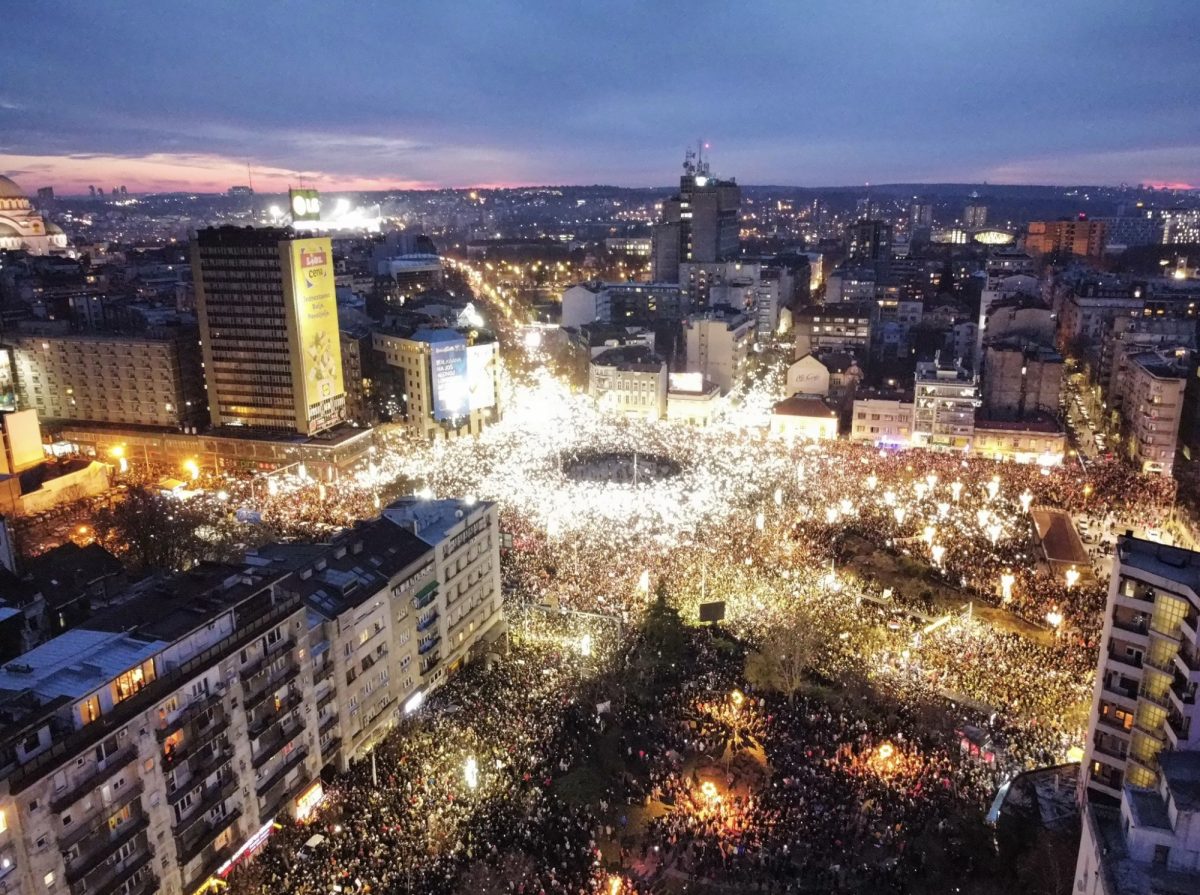



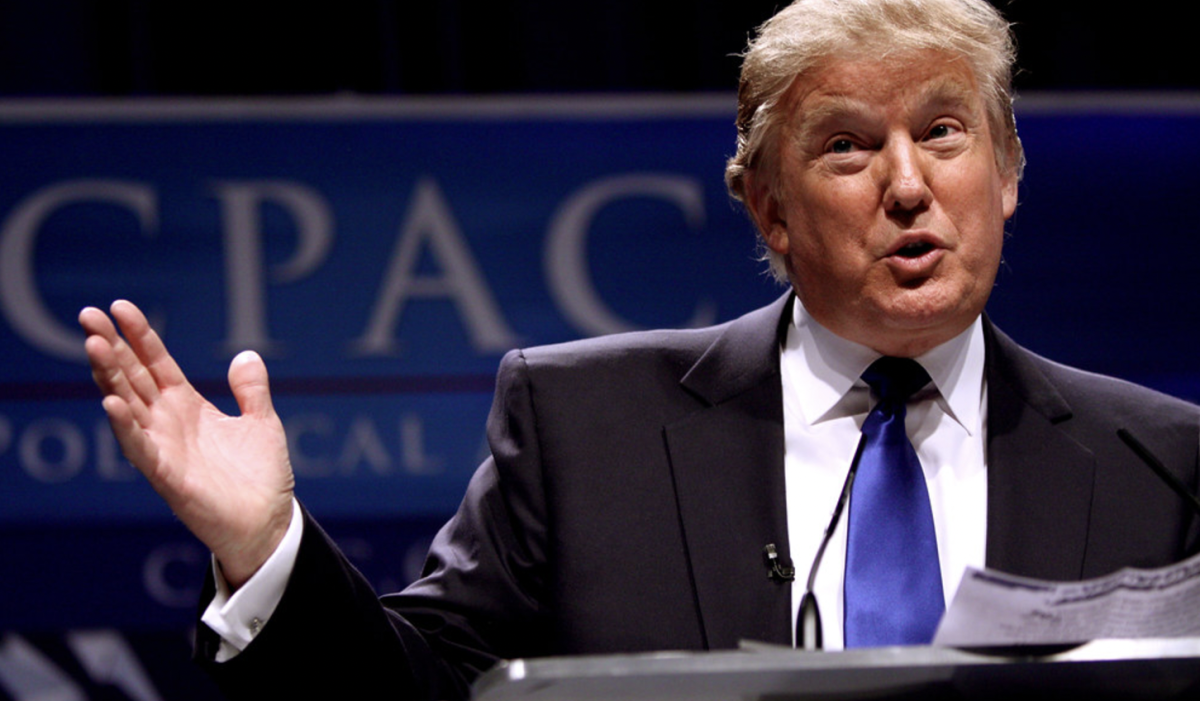

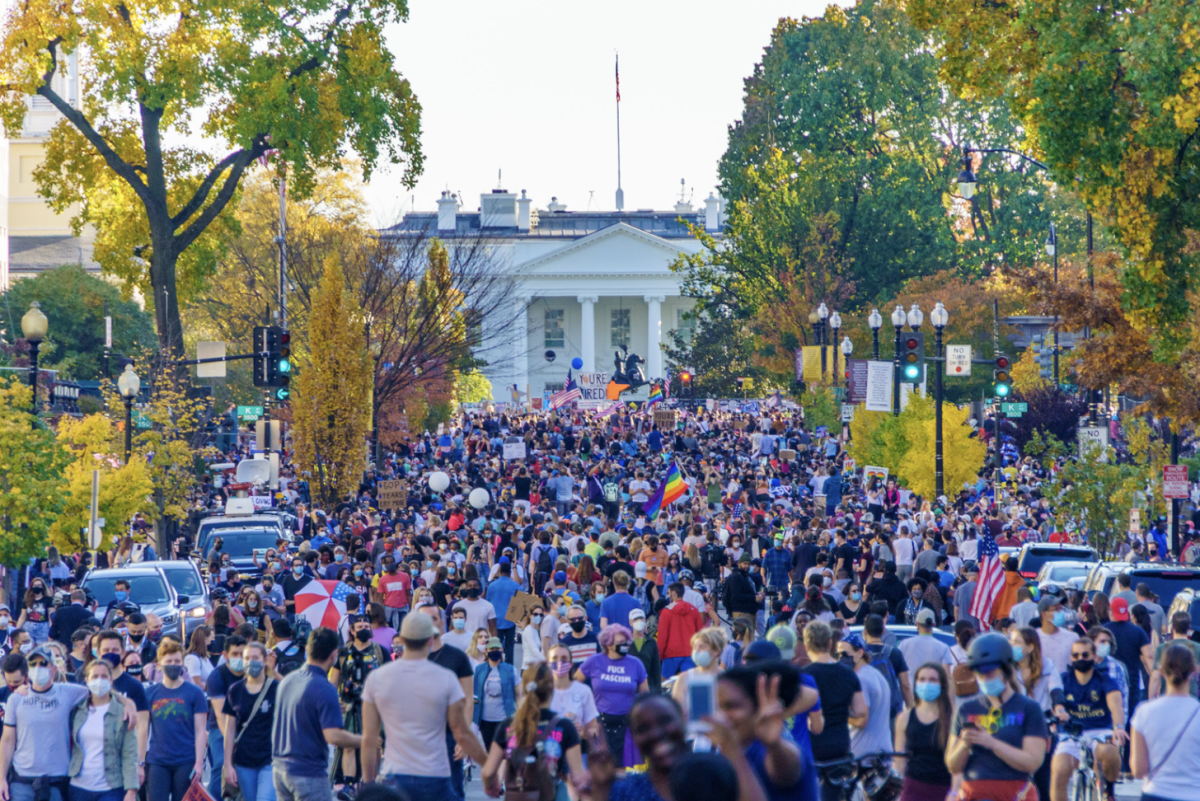
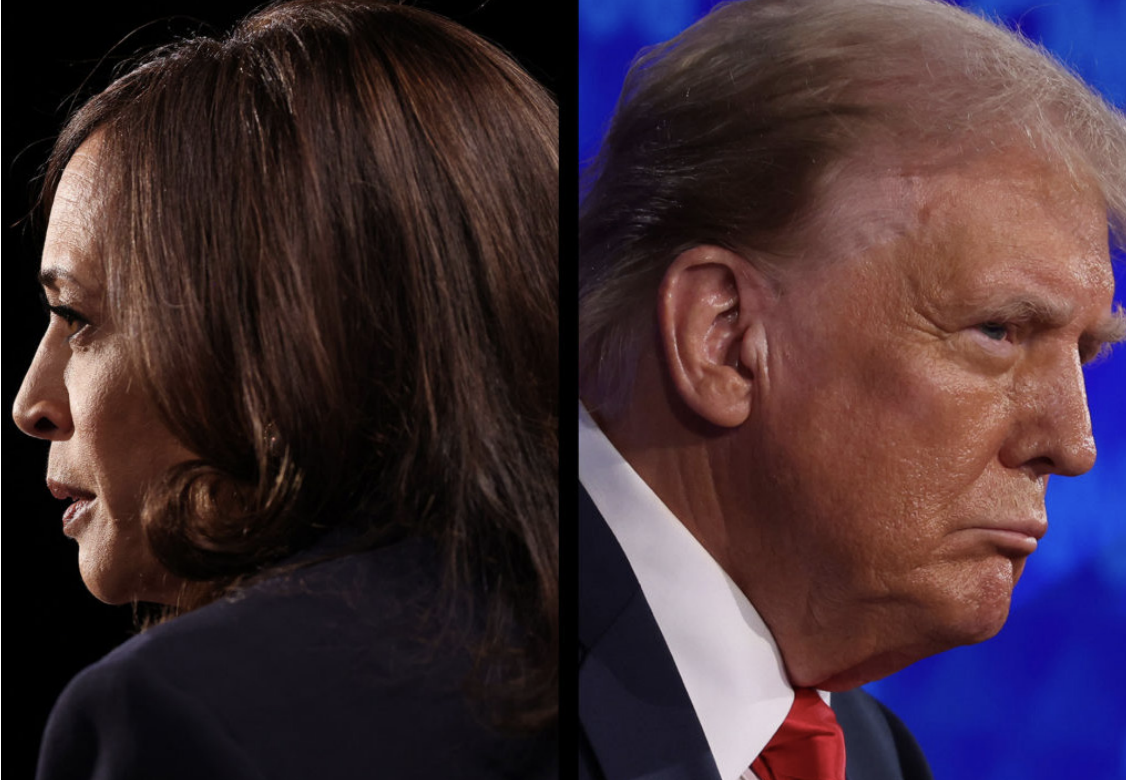
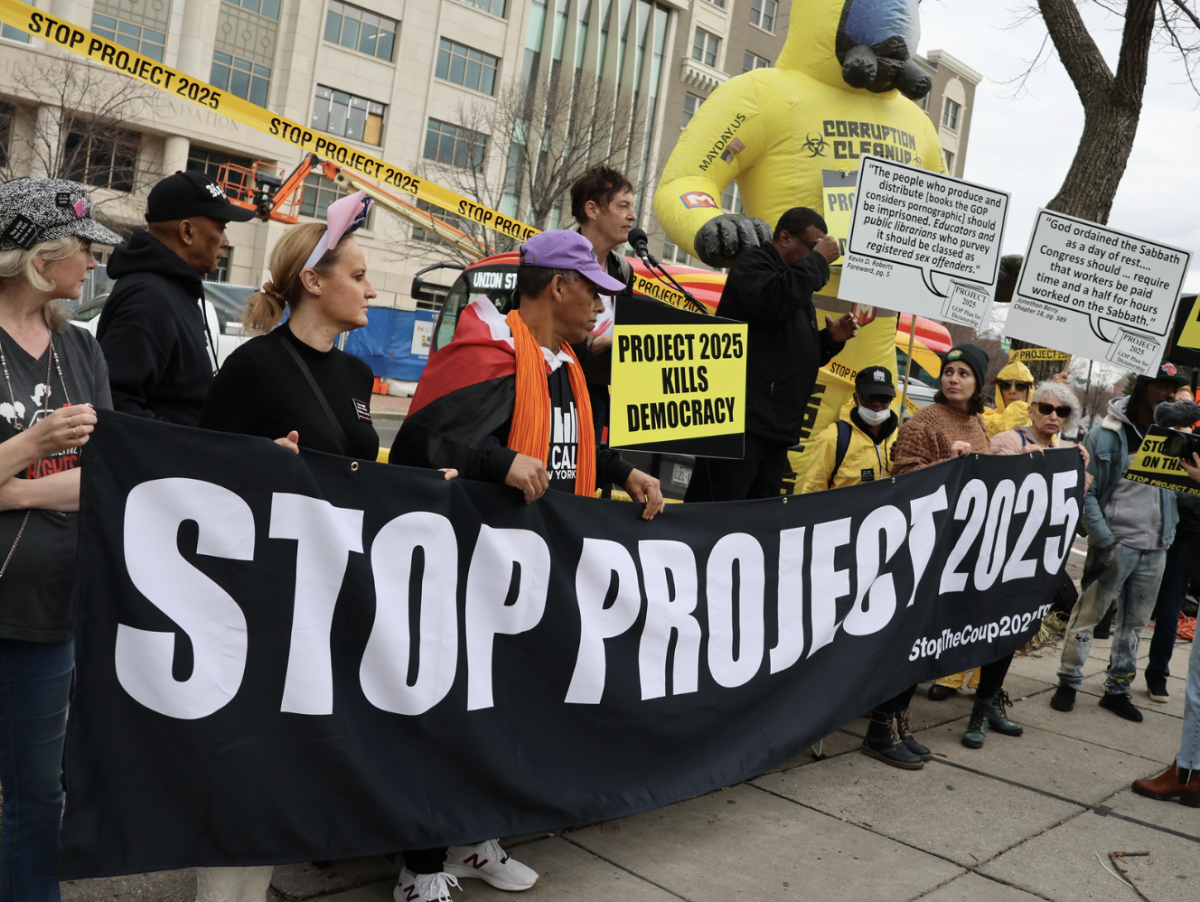


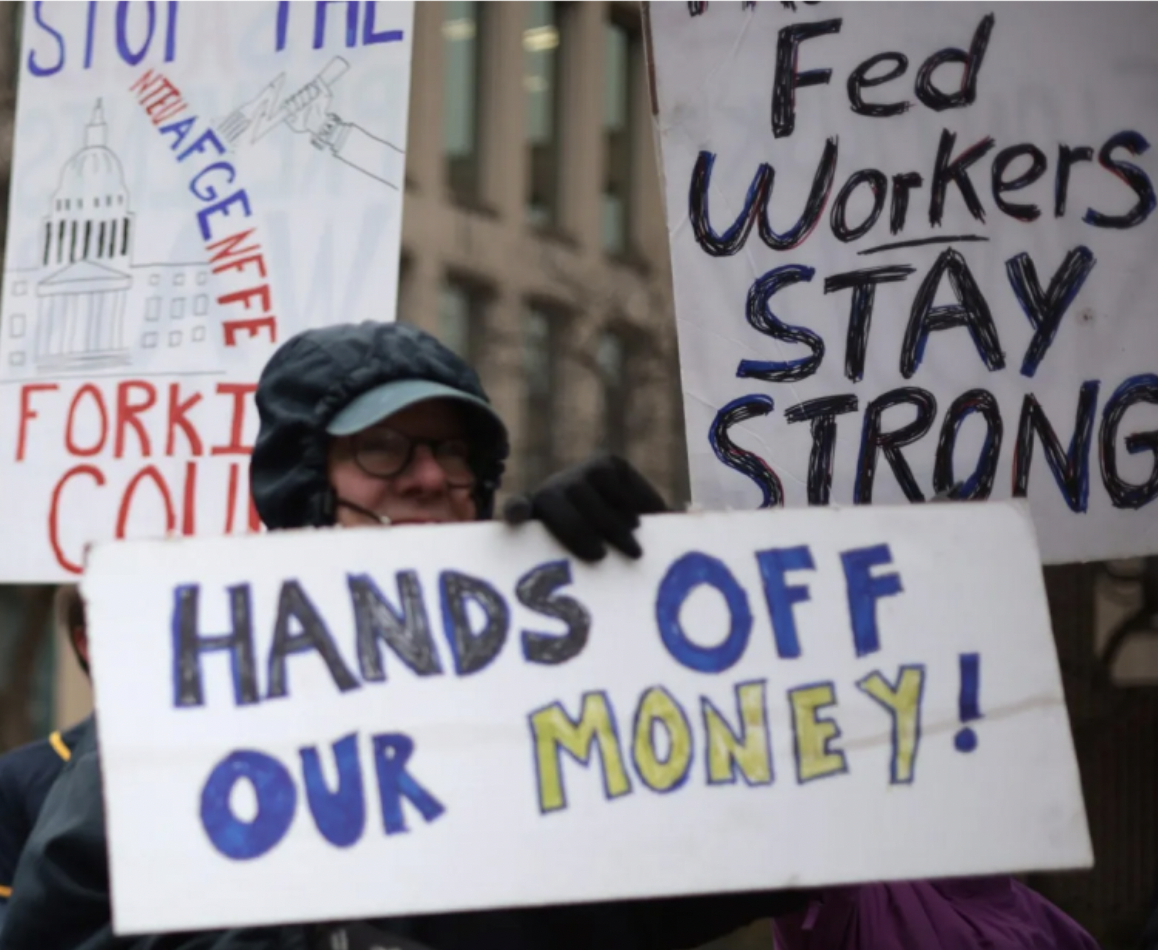




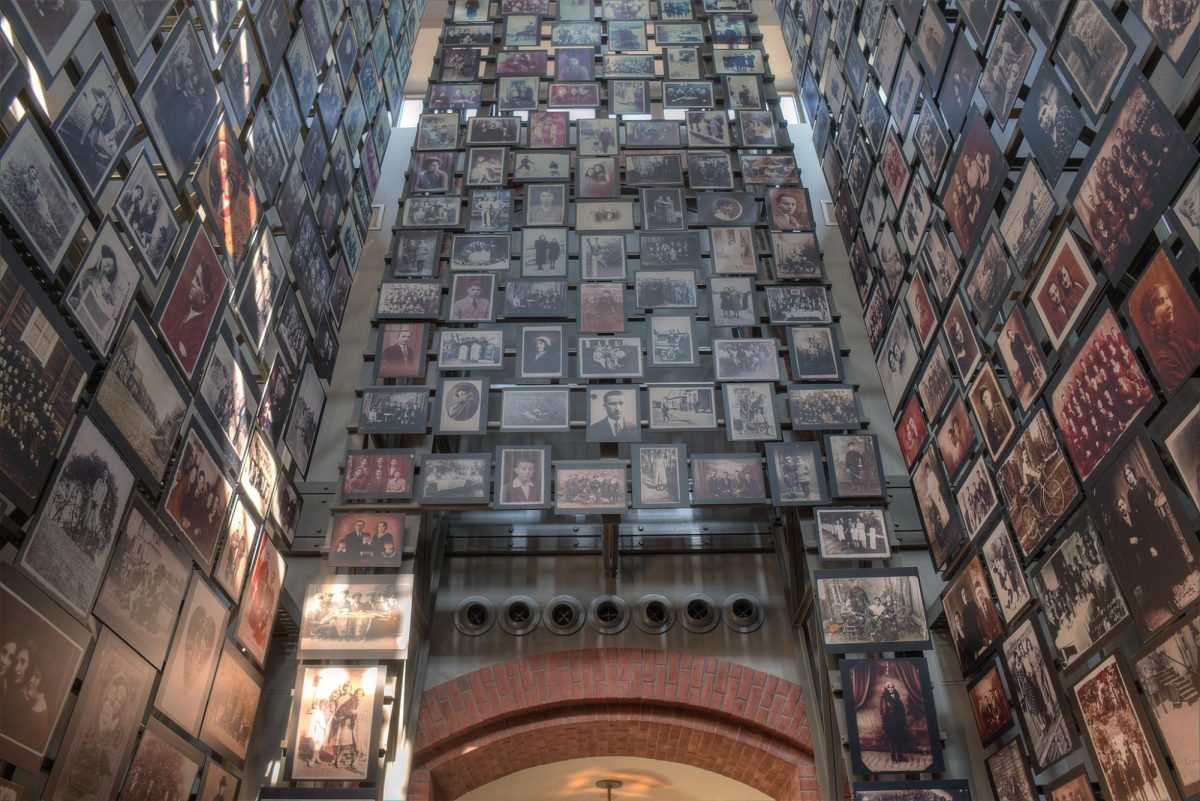

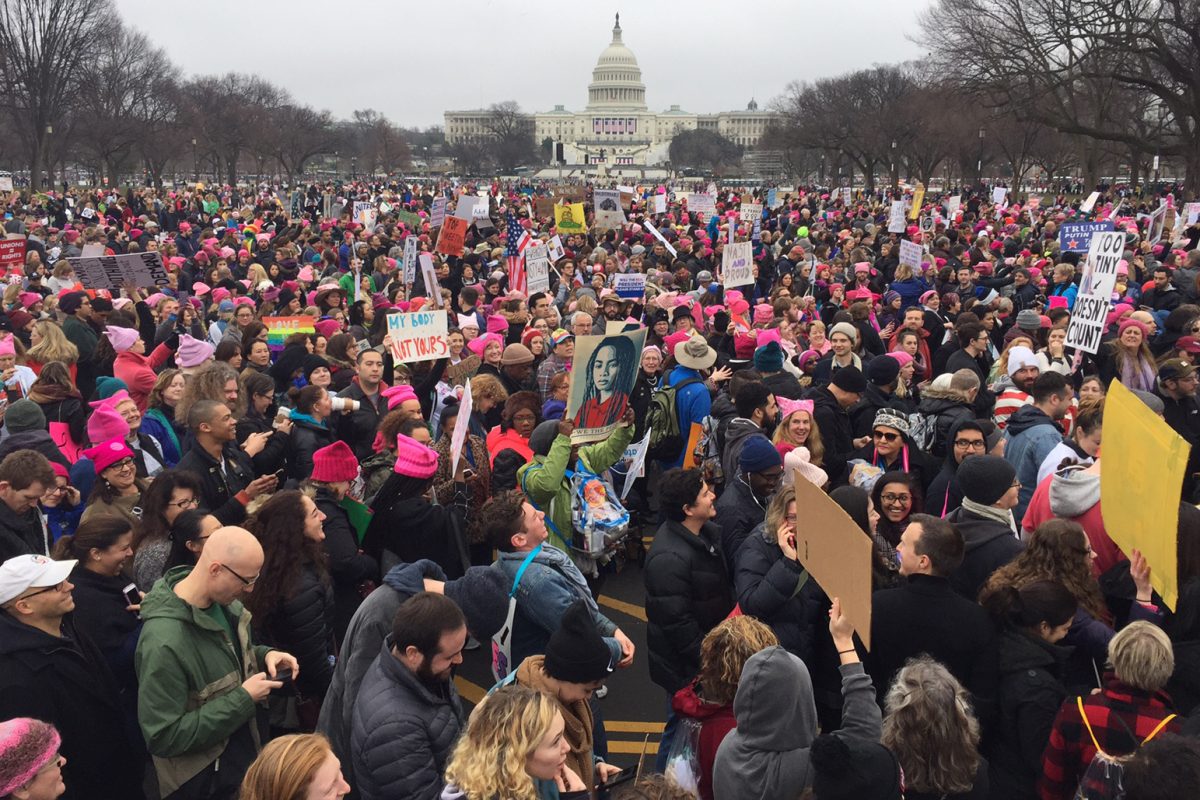
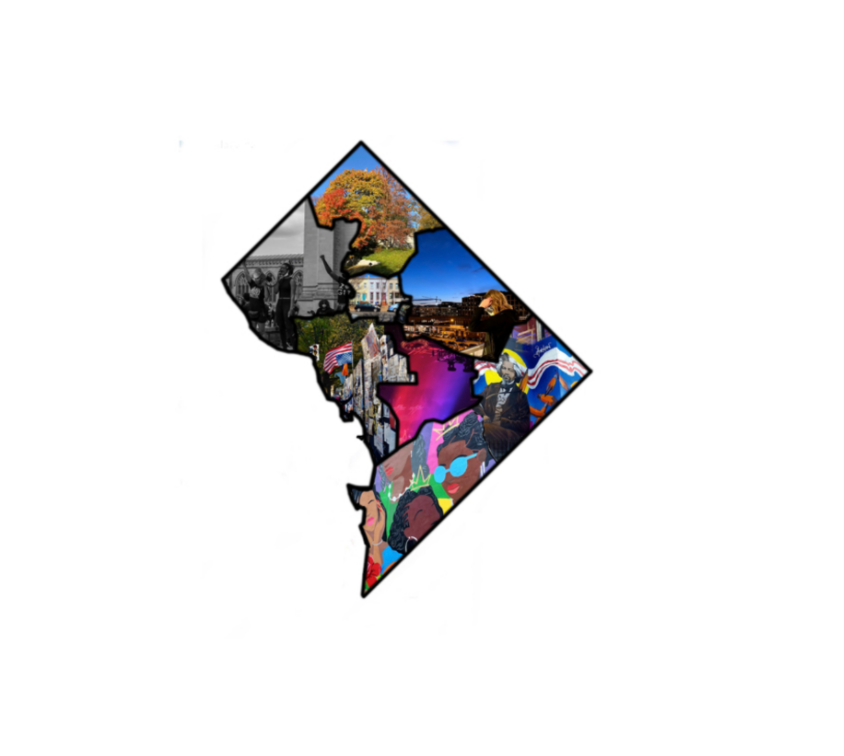
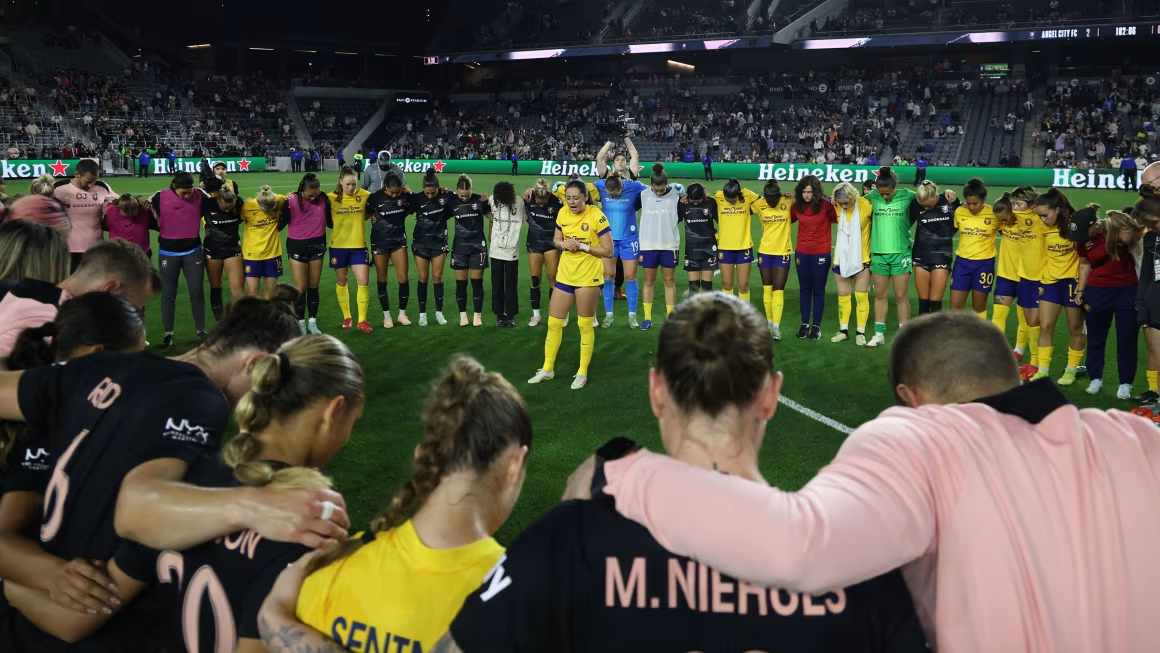
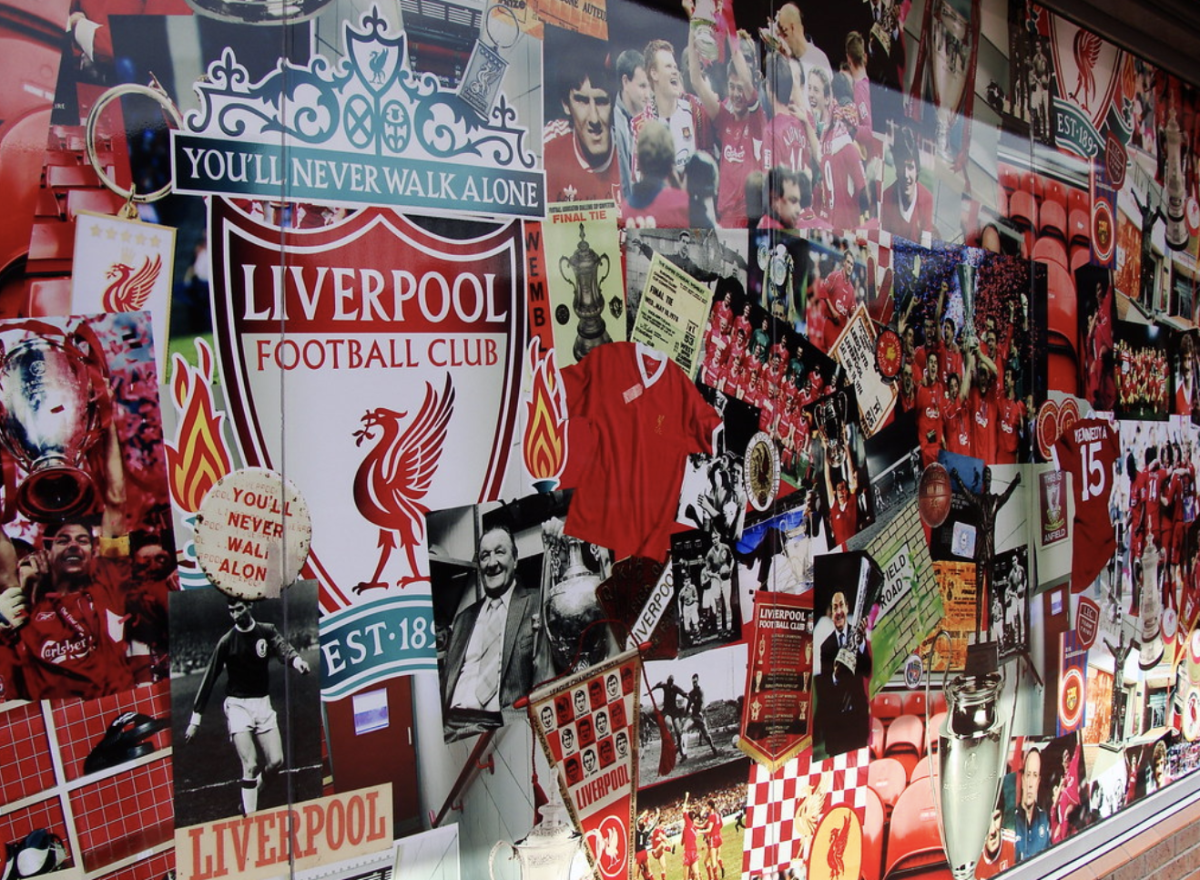

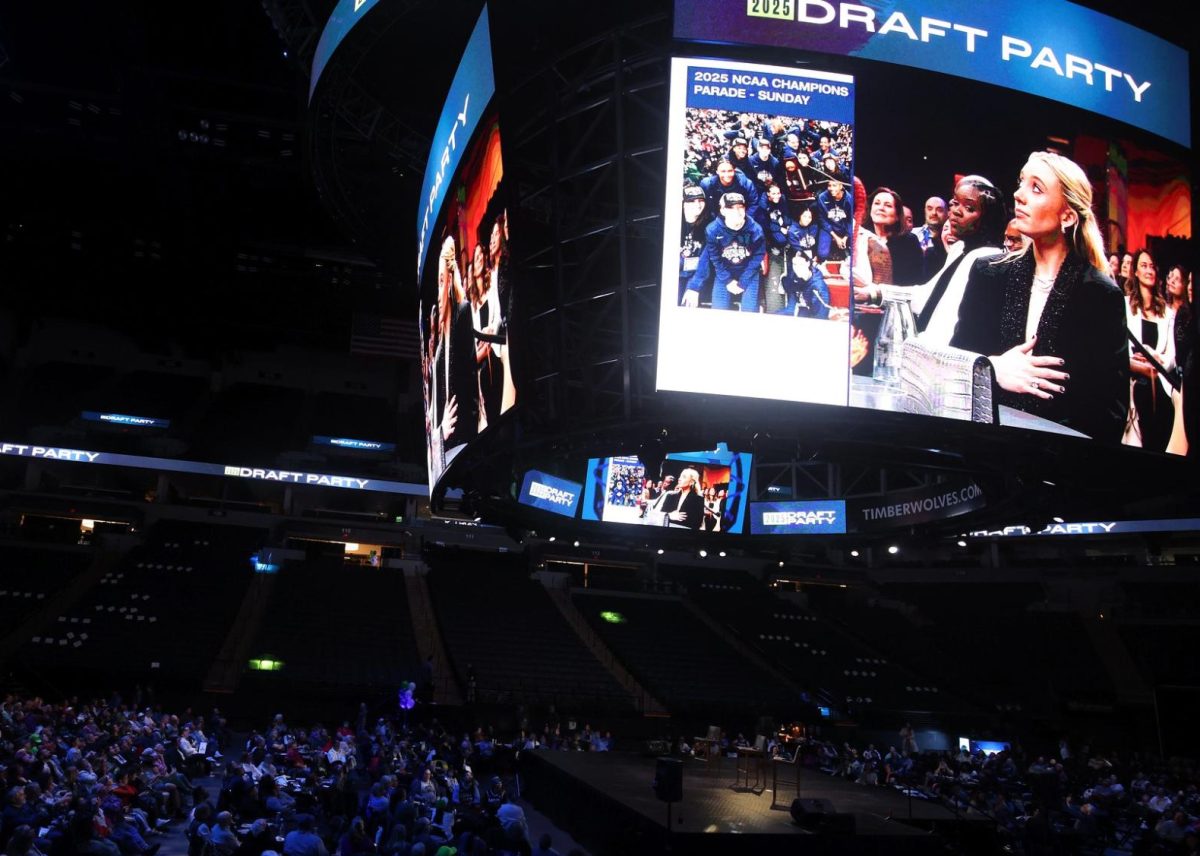
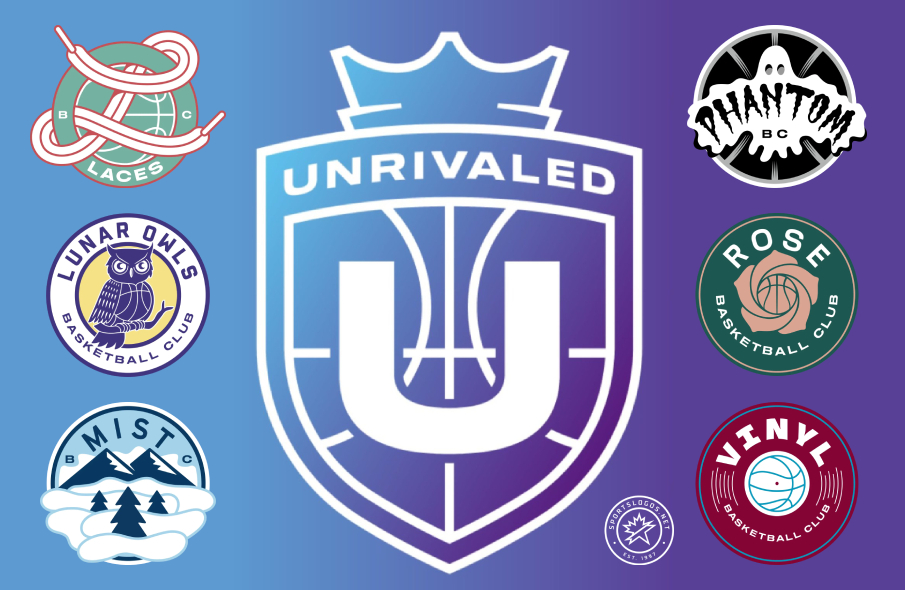
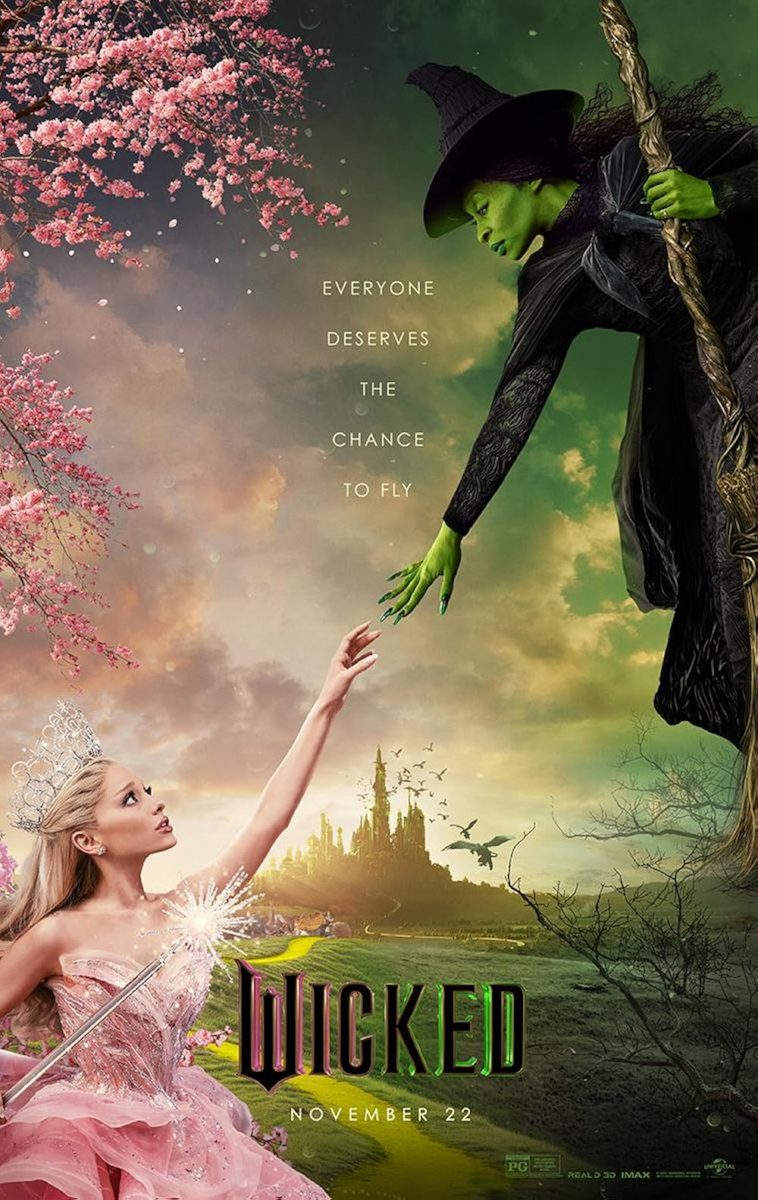





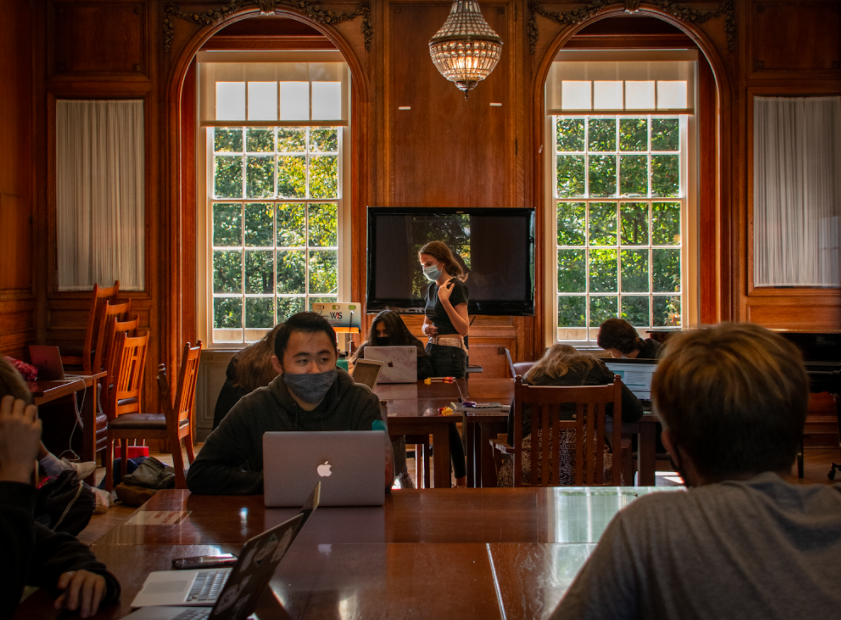

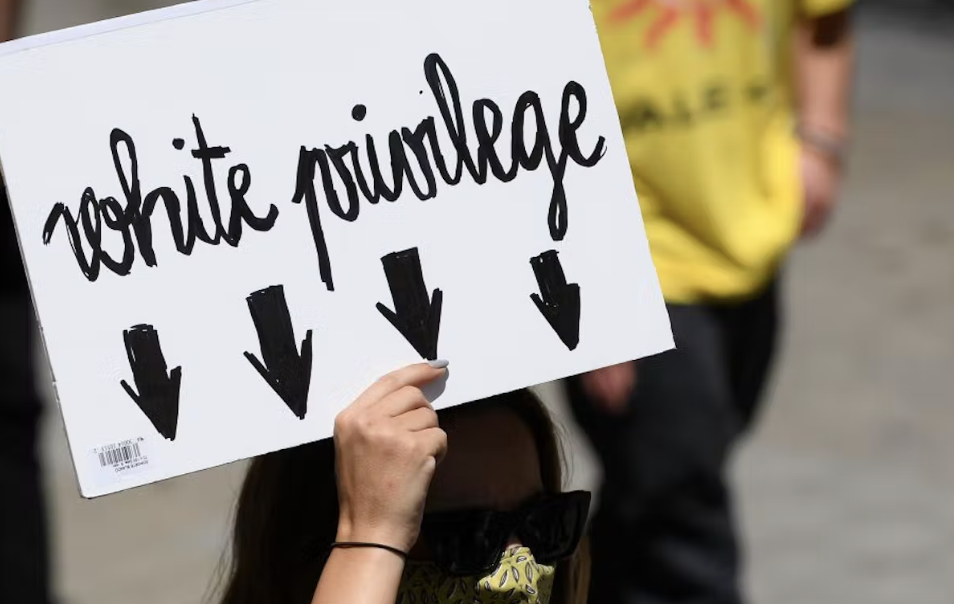



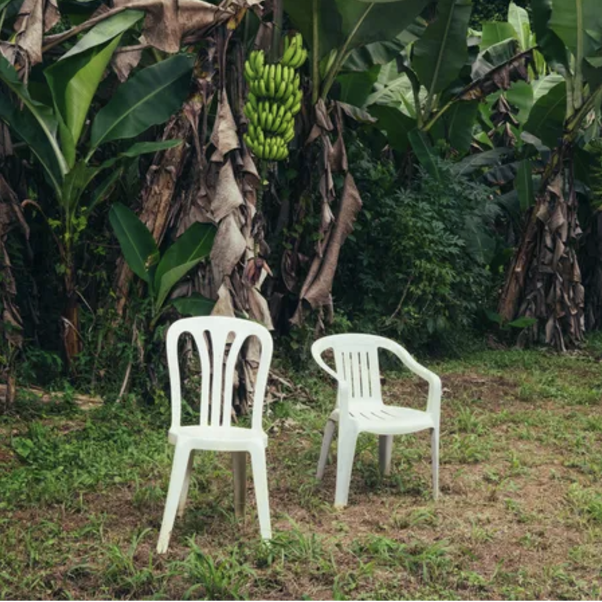
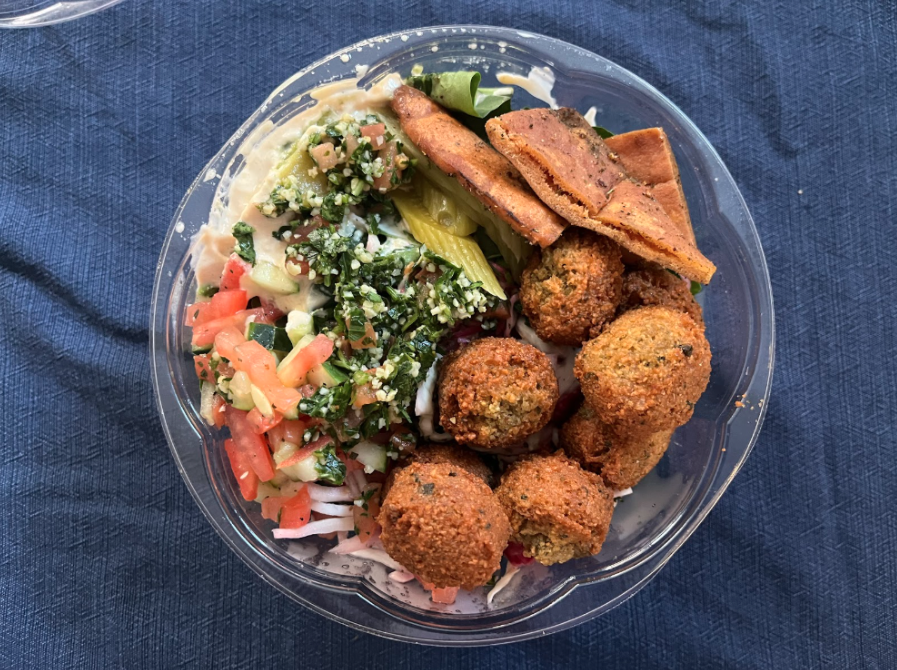

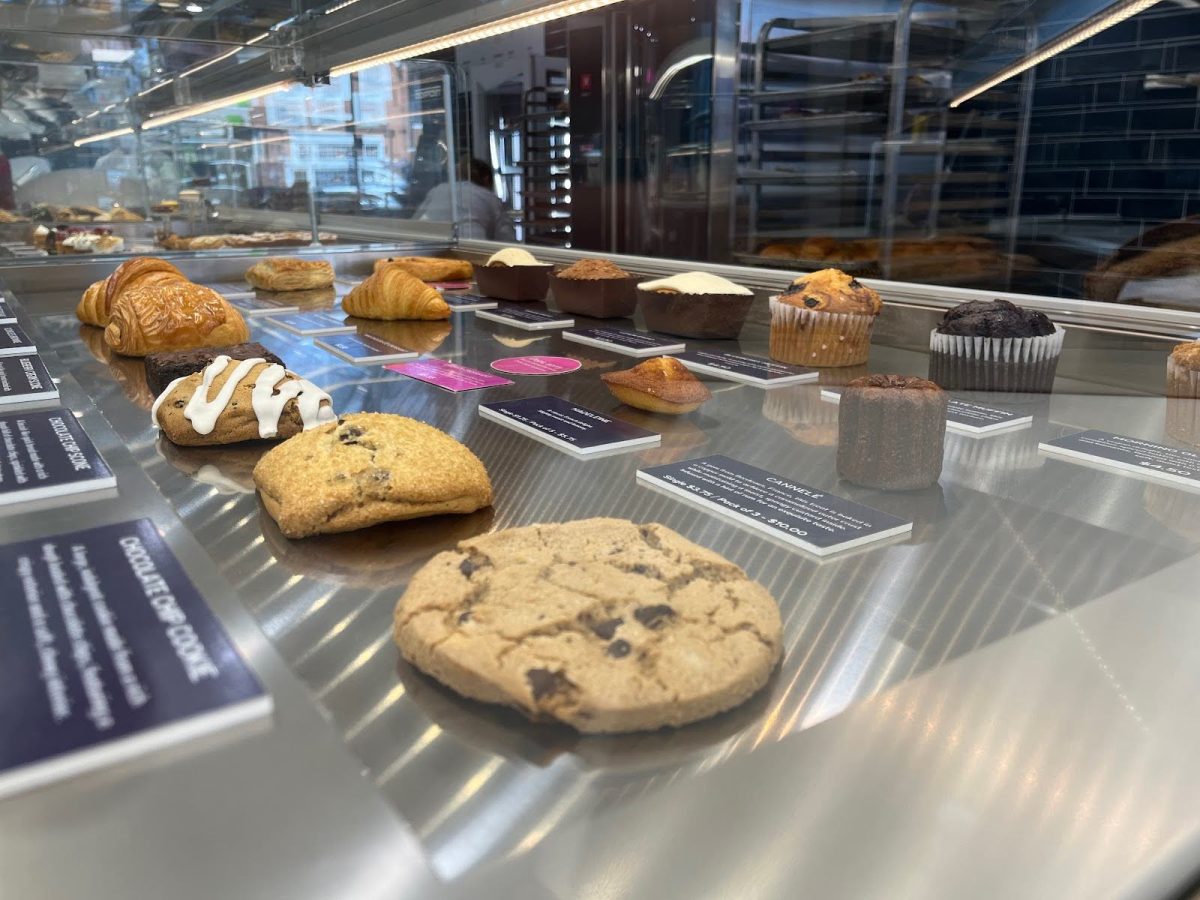

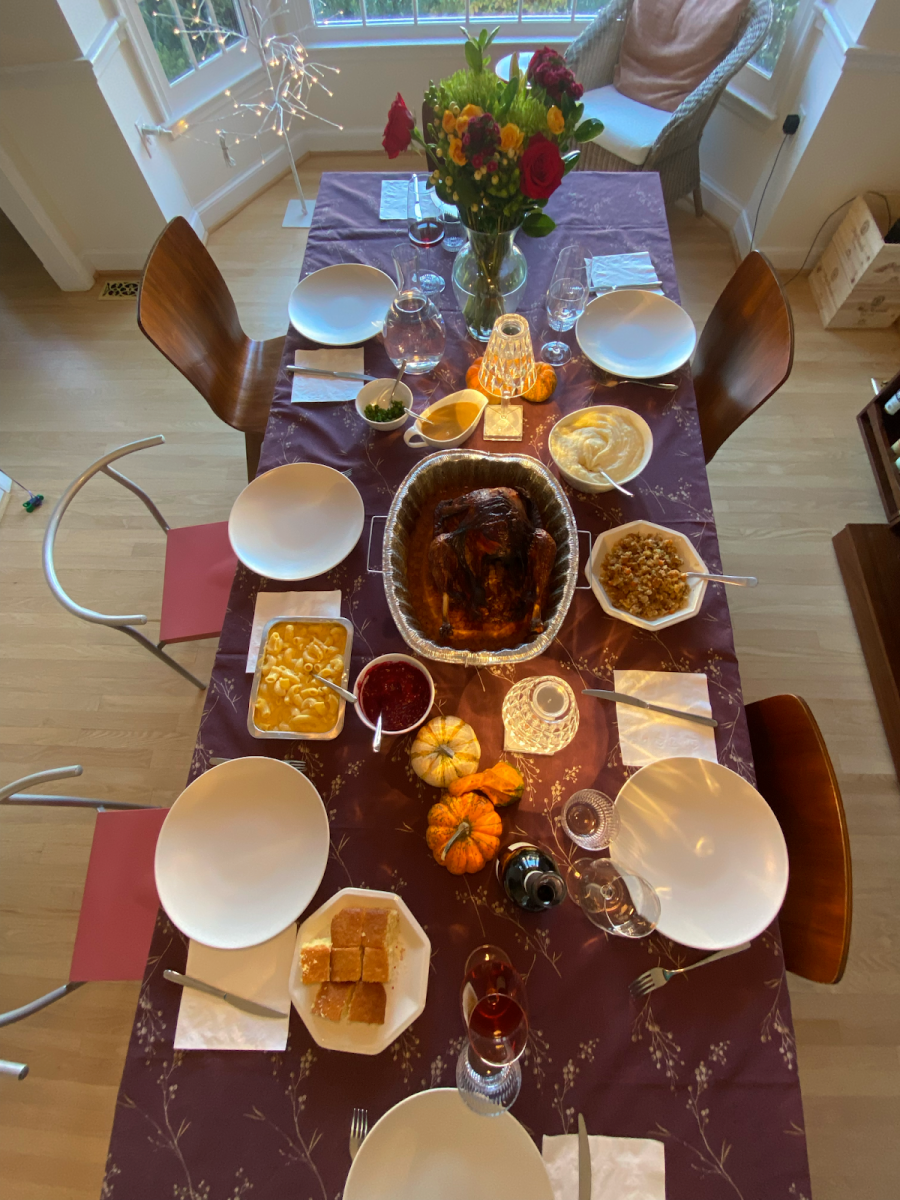
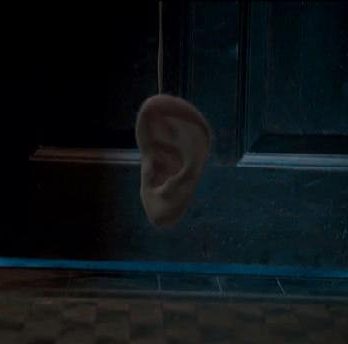
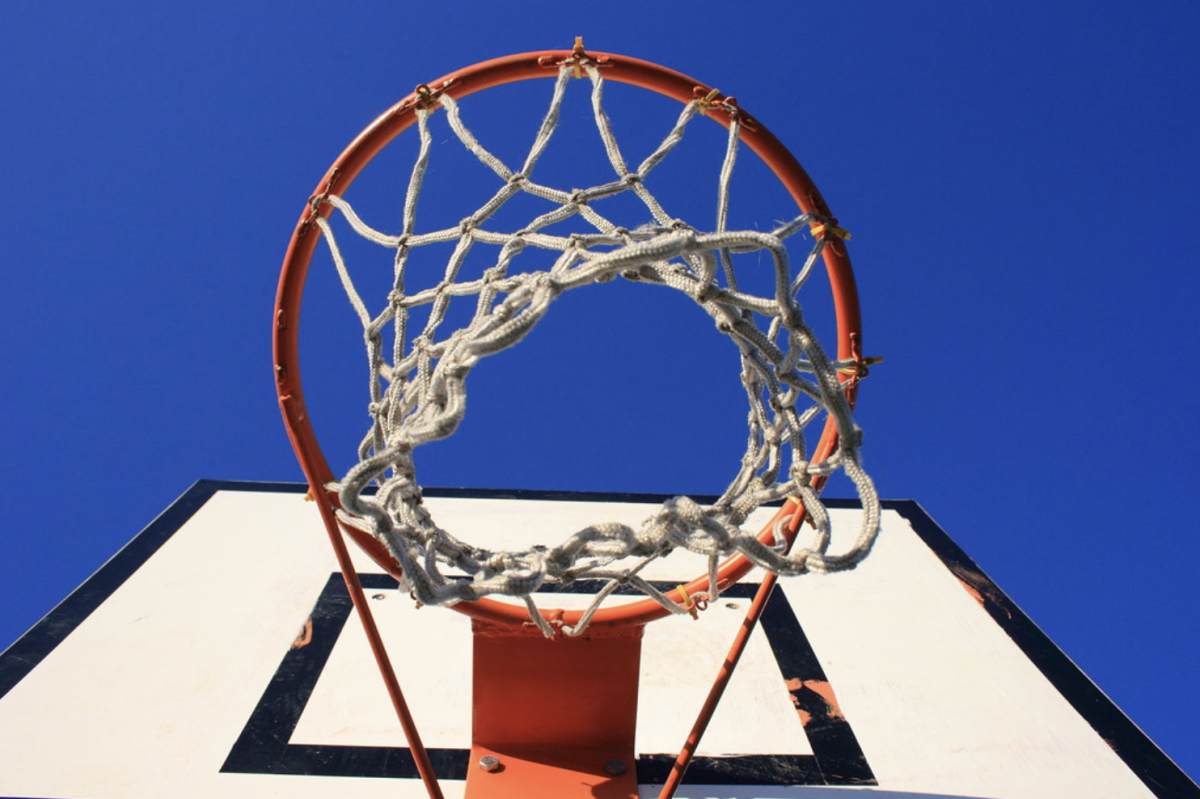
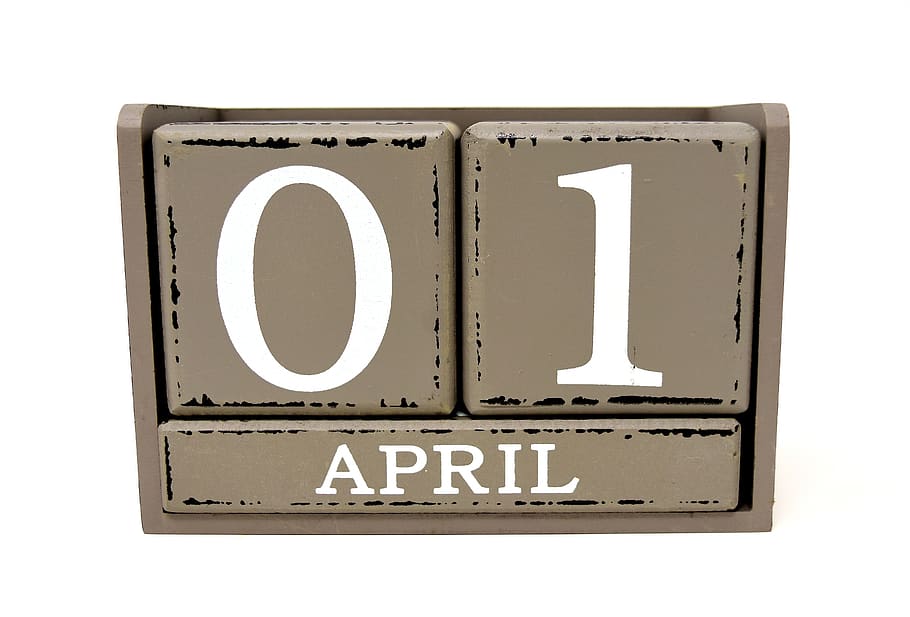

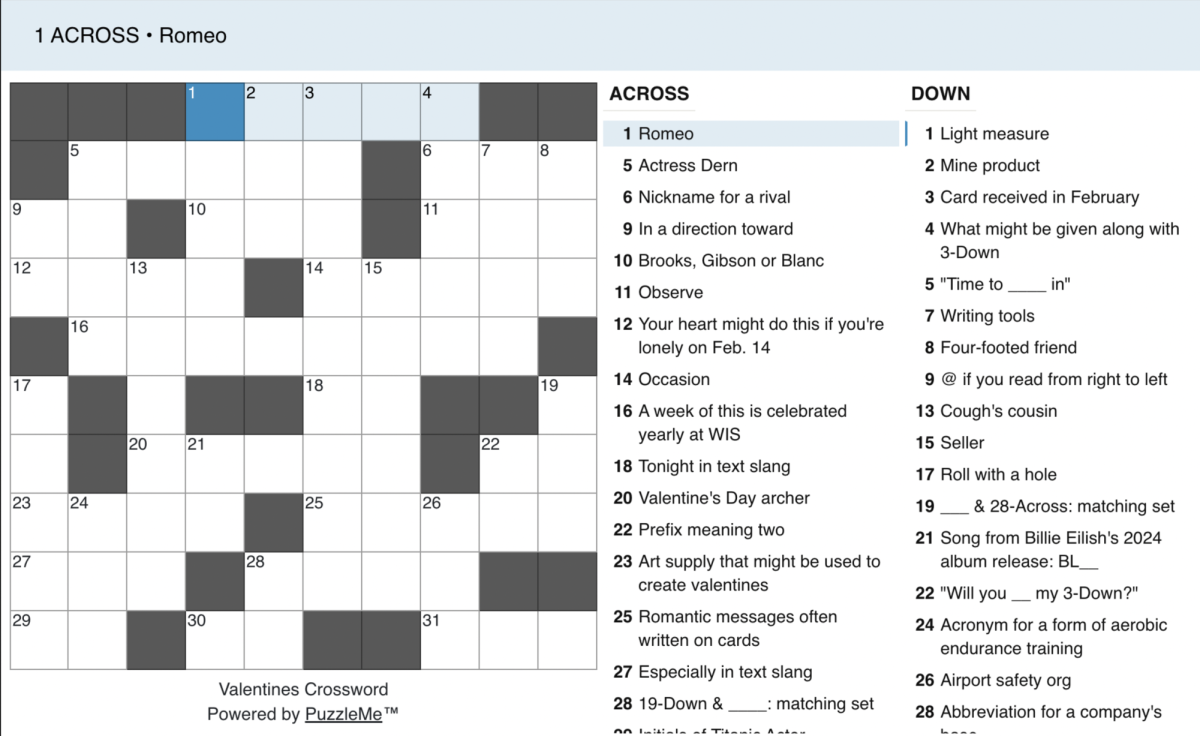
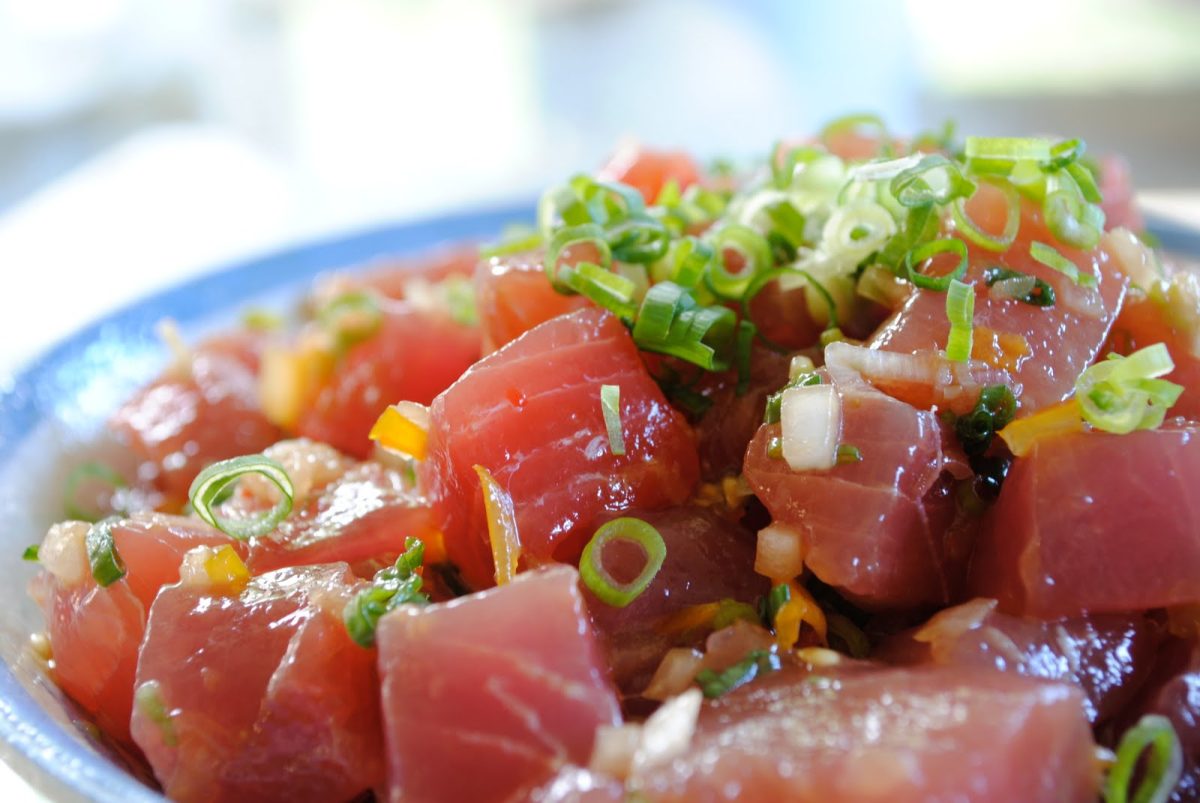
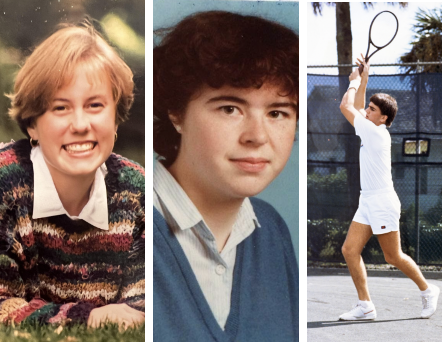
nivallada • May 9, 2017 at 6:46 pm
I think it is a definite flop